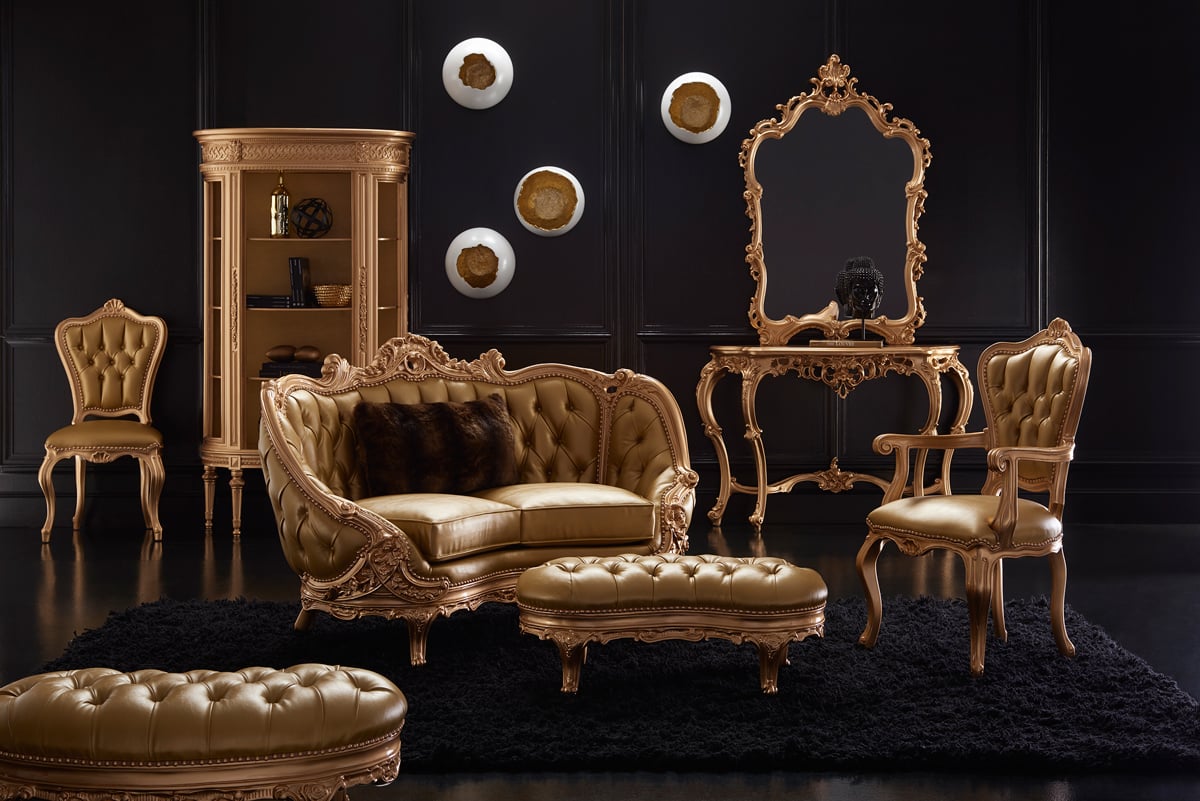The world of interior design is one of the areas in which a human and close relationship between professionals and clients is most generated. That is something we love, of course, but it also promotes that many of the agreements are verbal and not formalized in writing, which in the long run can cause problems and misunderstandings.
No matter how much trust there is, whenever you provide a service it is necessary that both you and the client sign the corresponding contract, so you protect yourself and also give security to the other party. Today we will explain the generalities of what your service contracts should contain.
What is a service contract between individuals?
Interior design service contracts fall under the general heading of civil contracts, and are simply a written agreement between wills to produce or transfer obligations and rights. Put more simply: they are the document that protects one of the parties if the other party fails to comply with the agreement, whether it be payment, deliverables or deadlines.
For a contract of this nature to be legally valid, it is necessary that, first, you are duly constituted as a natural or legal person (since you can issue it as an independent professional or as a company), and that there is consent (written expression of the will of both parties) and object (specification of the service or good to be transferred).

The easiest thing you can do is create a template or template for your contracts, and simply modify it according to the requirements of each project. You can also find several pre-designed options on the internet. Anyway, always make sure your contracts include the following:
1.- Identification of the parties
The identity of both the service provider and the customer as a natural or legal person must be specified at the outset, as well as the contact details of each. Attaching a copy of the legal identification of each one and rectifying it with the signature of both parties is also a good idea.
2.- Description of tasks / phases of the project
It is the general explanation of the service offered and the stages in which it will be carried out (data collection, concept creation, preliminary project, budget and execution project, execution, delivery, etc.)
3.- Scope
This is the section where you specify exactly what the service will include. It can be from the preliminary proposal to the complete execution of the interior design project with everything and purchase of materials and subcontracting of labor.

4.- Limitations
It is a section in which the limits of the service are explained. You can indicate that you include a maximum number of revisions, changes or follow-ups, and what aspects are outside your responsibility as an interior designer. It is a good idea to also mention the times when you can answer questions and/or have meetings.
5.-Description of deliverables
You must list which are the deliverables corresponding to each phase of the project. For example, concept proposal, preliminary project, plans, 3D renders, reports, expense receipts, etc. Also make sure you specify in which format you will deliver the digital files.

6.-Requirements
They refer to the characteristics with which the space where the interior design project is to be displayed must comply. For example, that it has certain electrical installations, accesses, ventilation, and other factors that allow the execution of the project properly.
7.- Delivery dates
They include the start and end dates, as well as the estimated dates of the deliverables according to each phase of the project. It is also important that you include a maximum time frame here. That is, your approximate delivery time may be three months, but you protect yourself with a maximum margin of four, for anything.
8.- Cancellation and/or penalty clauses
Here we indicate which are the breaches by the client or the interior designer that can lead to the cancellation of the contract or to a penalty by one of the parties. For example, delays in payments or delivery times.

9.- Copyright
This is the section where you indicate if you are going to use photos or images from the project for personal and promotional use. For example, for your portfolio or your website.
10.- Breakdown of fees
Here is an indication of how much is the economic obligation that the customer acquires in exchange for the service. You need to indicate if the payment is going to be per project or per hours worked, if it is going to be in one exhibition or in several, what are the dates of the invoices, etc.
Finally, do not forget that a contract without the signature of both parties is not valid. You must keep a copy with the original signature and another one for your client.
That's it! With these ten aspects you can start your interior design projects with the peace of mind of being backed by a legally valid document. Don't be afraid to ask your clients to sign a contract: it's a way of showing professionalism and seriousness.





Leave Comment